Ragya Monastery, also known as “Yulong Ragya Monastery,” was initially constructed in 1767 AD and is an important site for the Sakya sect, one of the four major schools of Tibetan Buddhism. It is a unique place for the transmission and practice of the pure and exceptional teachings of the Sakya, Jonang, and Chakrasamvara lineages.
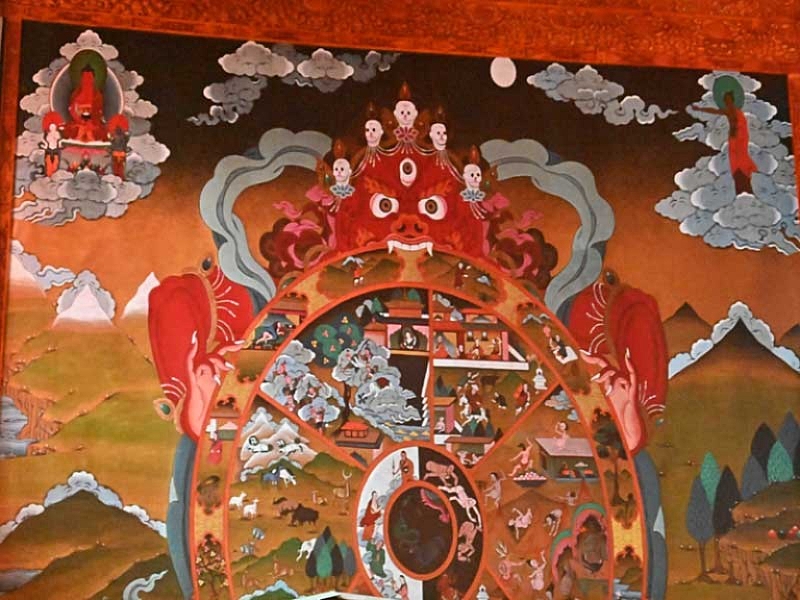
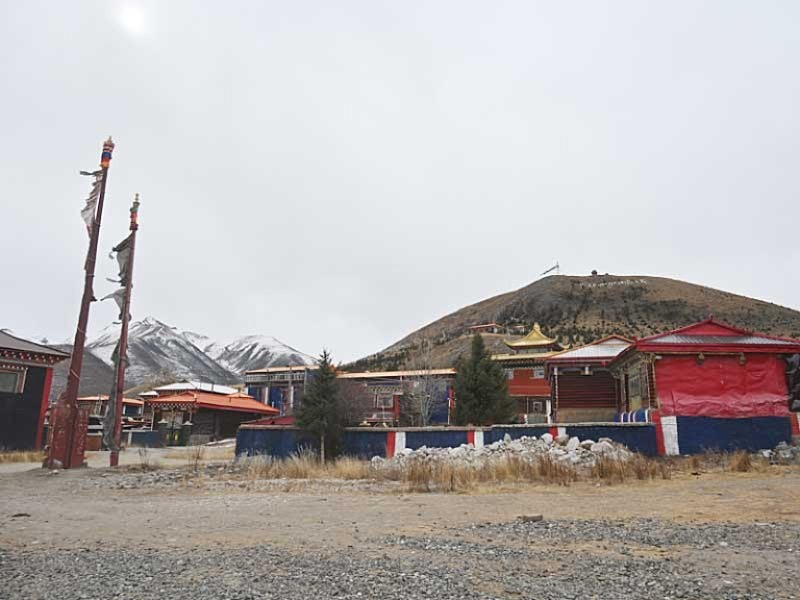
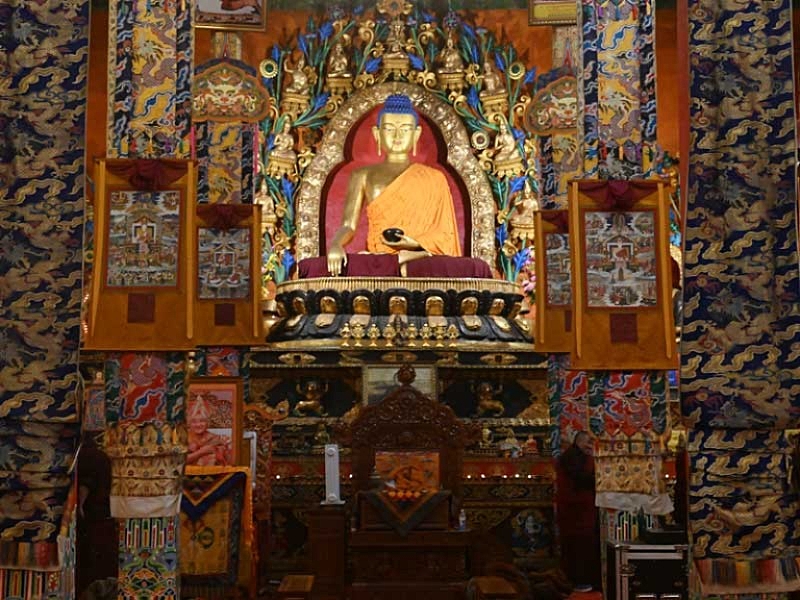
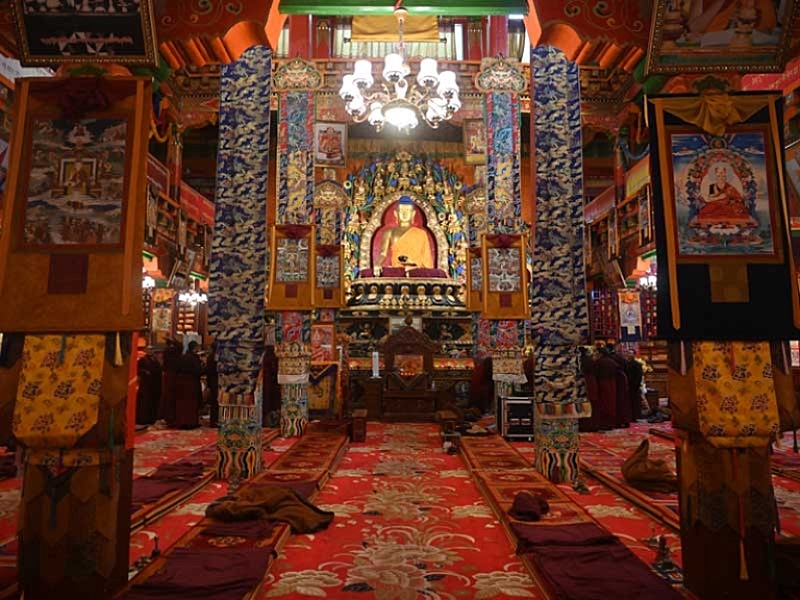
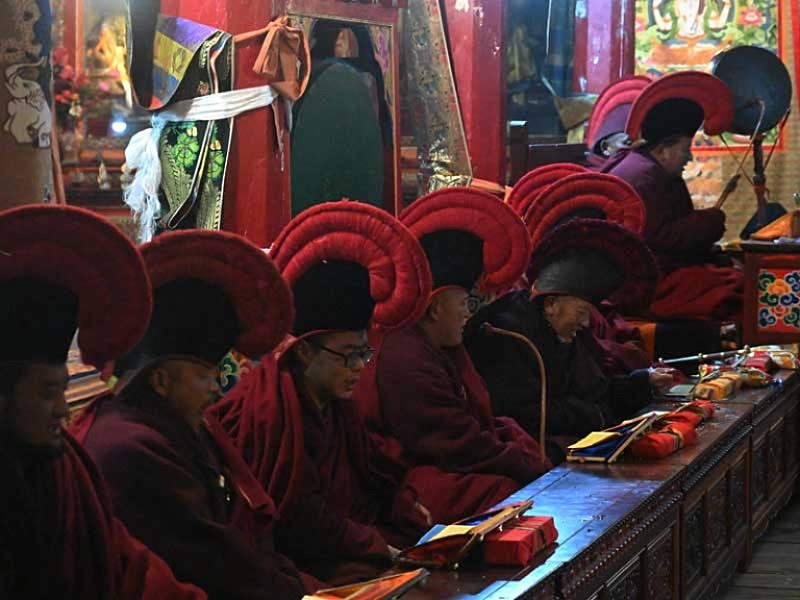
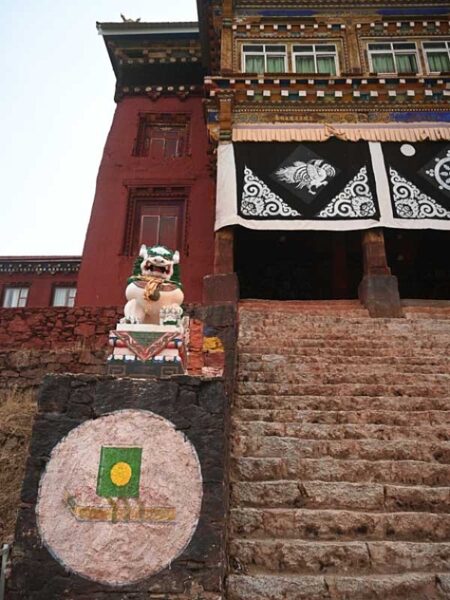
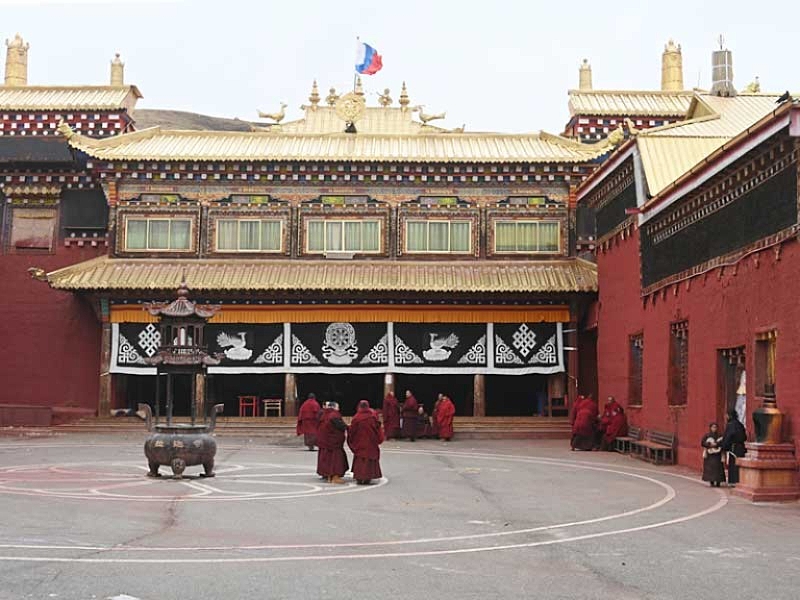
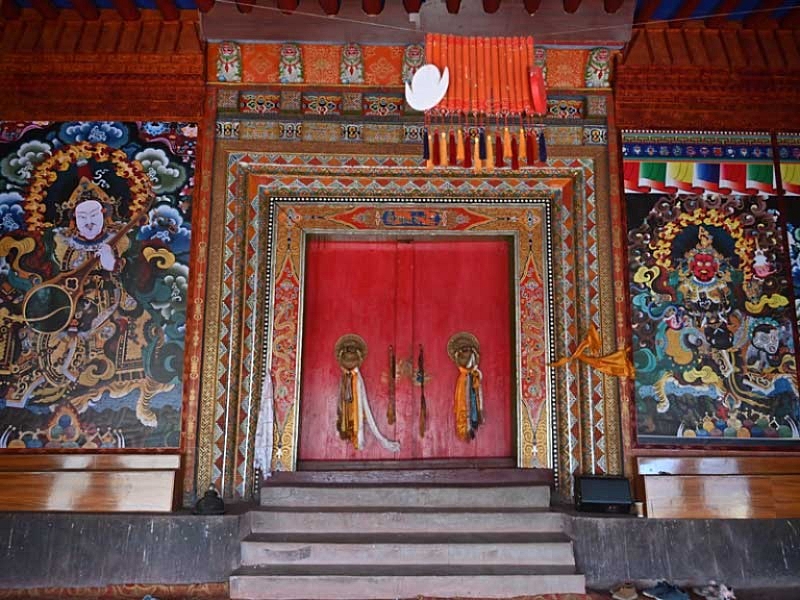
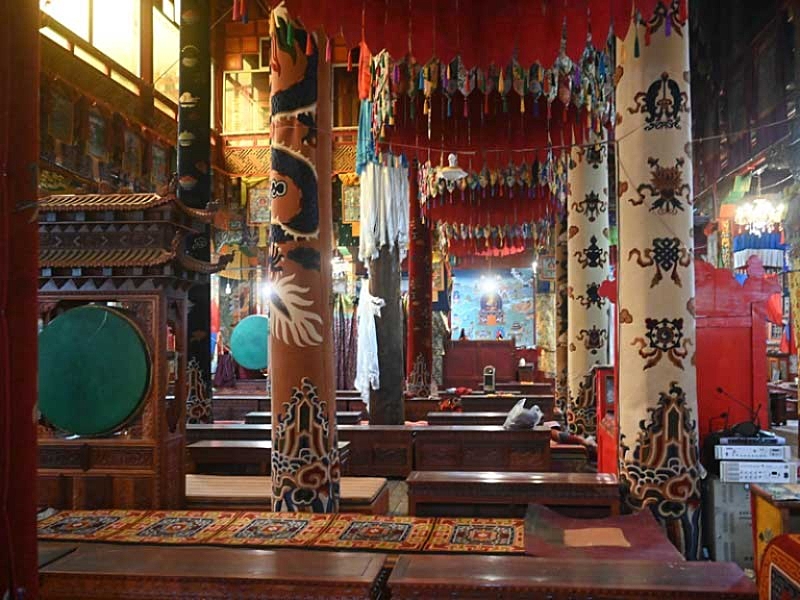
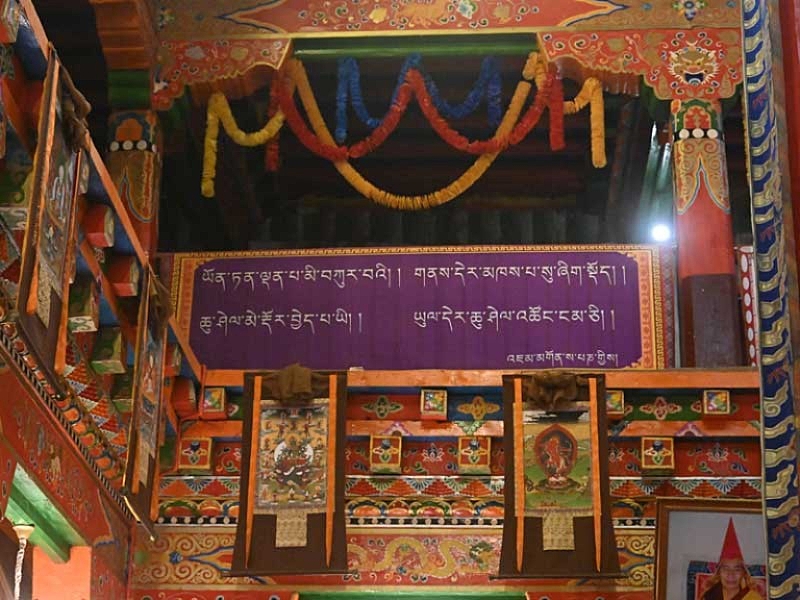
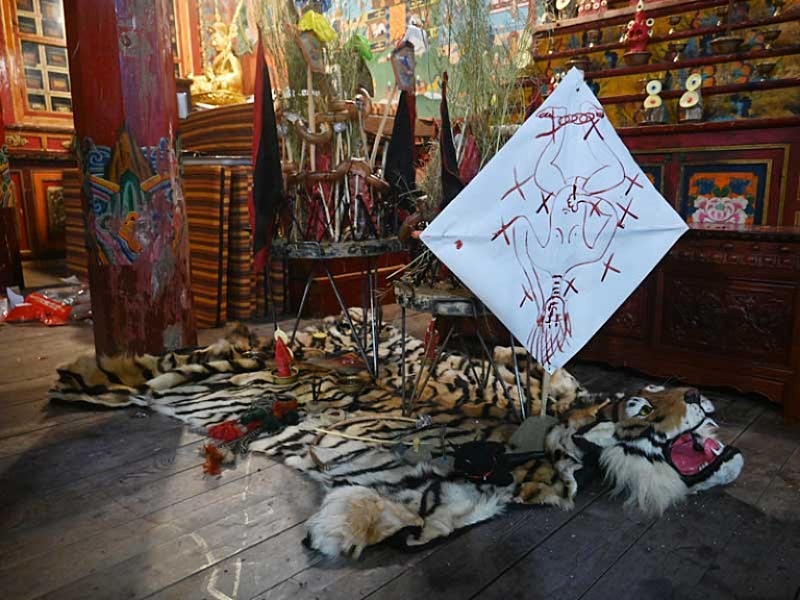
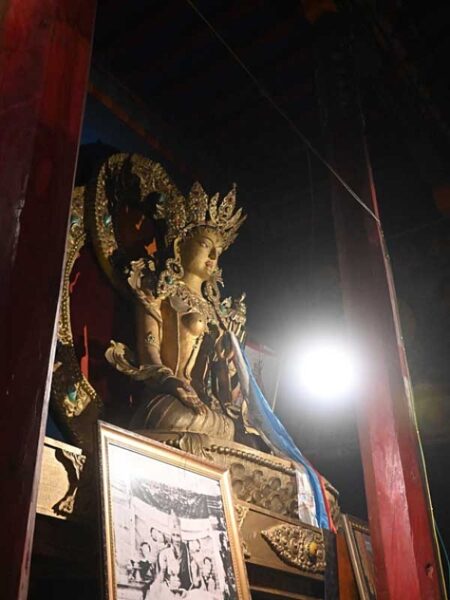
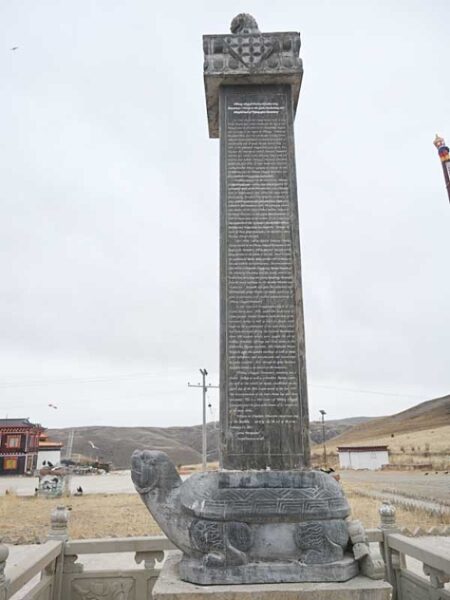
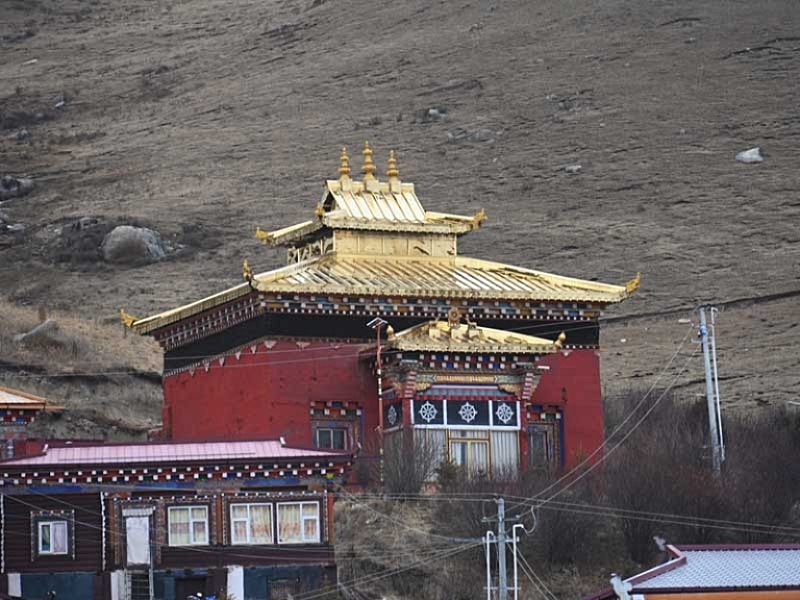
Brief
Located in Mani Village, Mangang Township, the monastery is 115 kilometers from Dege County, 875 kilometers from Chengdu,
The Sakya Dharma King, Awang Gonggar Lodru, bestowed a white conch and a golden canopy as the precious treasures of the monastery, naming it “Deqing Kashuolin” (meaning: Great Blissful Vajra Temple) and the scripture hall as “Si-song-ge-li Yongdui” (meaning: Gathering All Virtues of the Three Realms).
During its heyday, the monastery had nearly a thousand monks, with five major Buddha halls and over three hundred monk quarters. It housed rare hidden treasures and statues of Shakyamuni Buddha, Vajrasattva, Tara, Manjushri, Avalokiteshvara, Vajrapani, and various Dharma protectors.
Currently, the monastery has 300 monks, including 6 Vajra Masters, 3 living Buddhas, and 2 Khenpos. The position of abbot was initially held by the renowned Sakya Dharma King Dakin Pungtso Podrang Rinpoche. After the Dharma King went abroad, the responsibility was taken over by the Vajrasattva Master Gengden Yapei Living Buddha. Following his passing, the highly respected Gonsa Tuden Rinpoche assumed the role of abbot.
History
During the “Cultural Revolution” in the 1960s, like many other monasteries in Tibet, Ragya Monastery was severely impacted, with its teachings and practices destroyed, and its scriptures, statues, and stupas demolished, leaving the scripture hall and monk quarters in ruins.
After the re-implementation of religious policies in 1979, the incarnation of the great achiever Tangdon Gyibo, Sakya Gyaca Gengden Yapei Rinpoche, took on the heavy responsibility of reviving the teachings and restored the main scripture hall. Regardless of religious sect, Gengden Yapei Rinpoche held empowerment ceremonies, transmissions, and teachings for lamas and living Buddhas from all directions, focusing on the practice of Vajrayana and conferring empowerments such as Mahakala, Vajrakilaya, Hevajra, Pema Rigdzin, and other deities.
In 1998, the abbot of Eri Monastery, Loden Jangchub Nyima, and two other Rinpoches visited Ragya Monastery, presenting a golden statue of Echung Gungga Sangpo Rinpoche, as well as several newly cast Nepalese copper alloy statues of Vajrakila, Vajrayogini, and Hevajra. Additionally, the Pewar Renpoche visited Ragya Monastery several times, bestowing profound teachings on the Sakya lineage’s foundational text “Liberation in the Palm of Your Hand” and the seven-fold transmission to all Sakya lamas, including living Buddhas and Khenpos in Kham, accumulating immeasurable merit through teachings and practice.
On October 10th, 1999, the reincarnation of Gengden Yapei Rinpoche, the principal of the monastery, Sakya Gyaca Awang Kudru Gengden Danbi Gyaantsan, held a grand enthronement ceremony at Ragya Monastery.



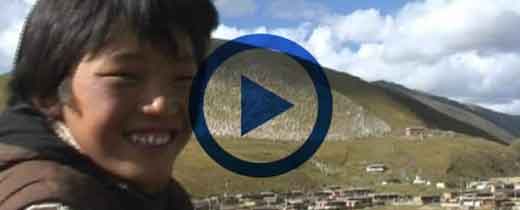
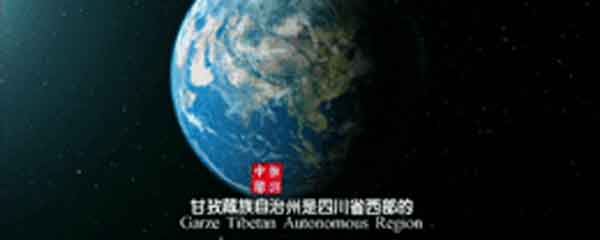
Leave a Reply